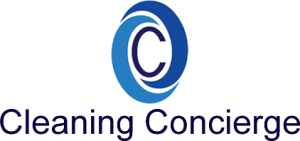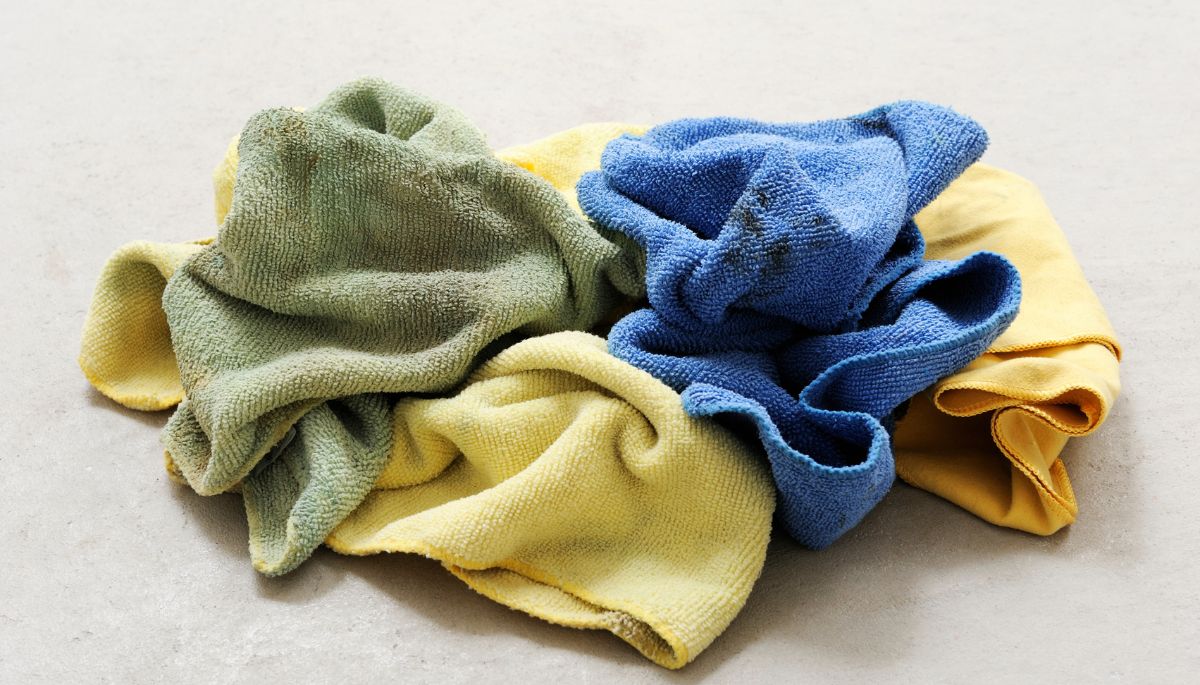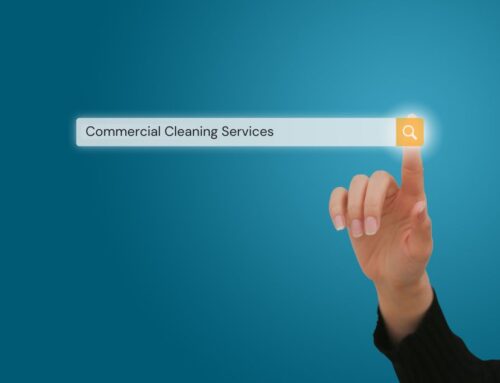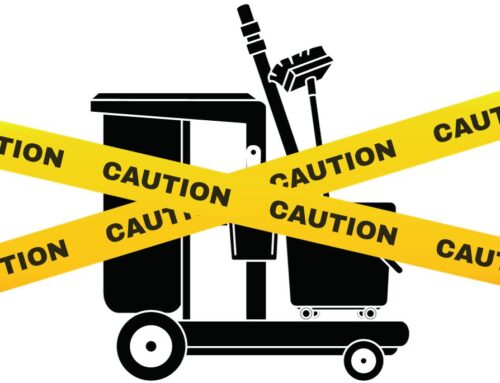Imagine discovering that the cloth used to wipe down your office desk was the same one used in the company bathroom earlier. This unsettling scenario is a stark example of cross-contamination, a real issue when cleaning protocols and training are not up to standard.
Why does this happen? It’s simple: a janitor’s cart laden with supplies, indiscriminately used from one space to the next, can become a vessel for germs to travel from the bathroom to your workspace. Without a proper system to segregate cleaning materials, a cloth used on a toilet seat might end up on your desktop. Understanding this is crucial.
Prevention is key, and there are vital strategies every cleaning company should employ to safeguard against such hazards.
Strategic Cleaning Paths and Cart Management
In a facility requiring multiple cleaners, best practices dictate task division. One team member should focus on general areas, while another is dedicated to the bathrooms and kitchens. This minimizes the risk of cross-contamination. For solo cleaners, a well-defined path that separates bathroom cleaning from other tasks is essential. Some companies go the extra mile by using different carts for different areas, a practice that, while not foolproof, certainly helps.
Specialized Cleaning Materials
The industry gold standard is to have an array of cleaning materials designated for specific tasks. Color-coded cloths are a common tactic: red for bathrooms, blue for general spaces, and so forth. This system simplifies training and ensures a physical barrier to germ transfer. Additionally, the use of disposable materials in sensitive areas like bathrooms offers another layer of protection.
In-depth Cleaner Education
Training can’t be an afterthought. It must be a rigorous, ongoing process that instills the importance of these systems in every team member. Cleaners should be well-versed in the use of cleaning paths, cart organization, and material segregation from day one. Supervision and continuous training are crucial to reinforce these practices and maintain a high standard of cleanliness.
Closing Thoughts
The low barrier to entry in the cleaning industry means that not all operators will have these protocols in place. It’s incumbent upon you, the client, to verify that your cleaning provider enforces strict measures to prevent cross-contamination. After all, the cleanliness of your workspace impacts the health and well-being of everyone in it.
Choose wisely, ask the hard questions, and ensure that your office remains a clean, safe environment for all who use it.





